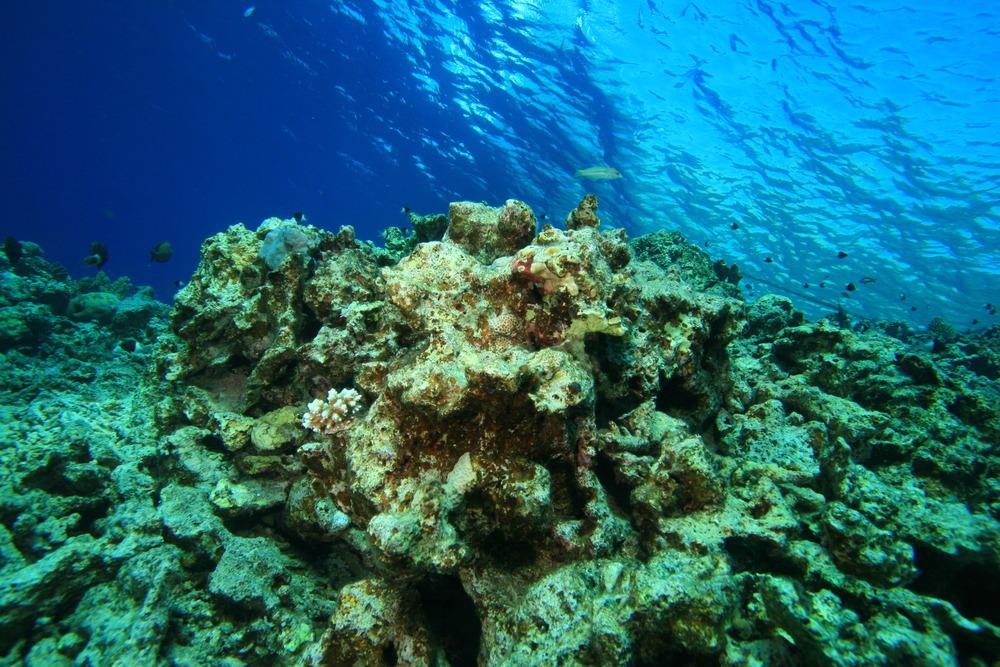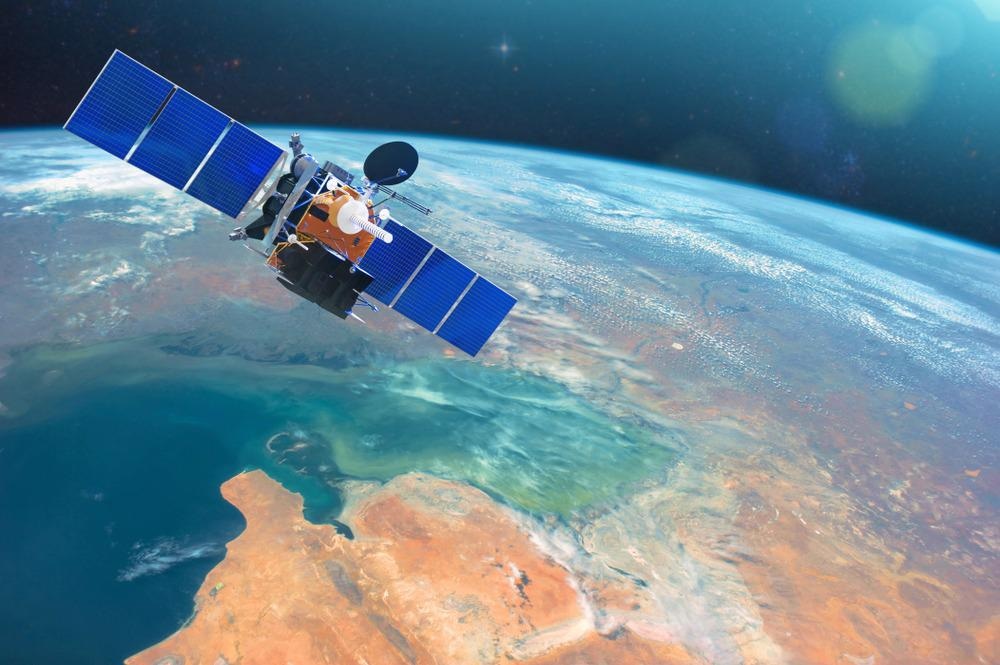The state of our oceans and anthropogenic activities have a close relationship. The world's waters, which cover roughly 71% of the Earth's surface have an impact on weather, and inversely, factors that change as a consequence of climate change. This includes numerous oceanic properties, which act as climate change indicators.
Before human activity rapidly accelerated the rate at which greenhouse gases were emitted into the atmosphere, the ocean played a vital and natural role in the carbon cycle. It helps to mitigate the impact of carbon emissions by acting as a major heat and carbon sink. Now, however, the carbon sink capacity of the oceans has been exceeded; they can no longer help to balance the soaring levels of emissions.
The ocean is adversely affected by climate change, with the release of greenhouse gases leading to detrimental changes to coastal and marine ecosystems, changes in water temperature, melting of the ice caps, and alterations to currents. Weather patterns and global sea levels are also impacted.
The chemical composition of this ecosystem has not been left unscathed either. Data has shown that the ocean's acidity has increased by 30% in the past two centuries.

Image Credit: Rich Carey/Shutterstock.com
Knowledge of how the ocean is impacted by global warming is incredibly useful as it helps scientists indirectly measure the effects and progression of climate change. By monitoring various ocean properties that act as indicators to its health, the current and future impact of climate change can be monitored.
The recent report by the IPCC highlights the vital importance of limiting global warming to 1.5 °C compared to 2 °C in mitigating the devastating impact of climate change on our oceans and associated ecosystems. The report states that this reduction in the rate of temperature increase is essential to reduce water temperatures and acidity, and in reducing the amount that ocean oxygen is currently decreasing by. Furthermore, if adaptable solutions are not designed, marine biodiversity and fisheries are likely to suffer immensely.
Due to ocean health and climate change having a two-directional relationship, monitoring technology is vital to measure any changes. In doing so, effective initiatives can be developed to reduce effects.
Biogeochemical Sensors in Monitoring Ocean Health
Tiny phytoplankton in the world's oceans, like plants that grow on land, convert carbon dioxide into oxygen via photosynthesis. Scientists refer to this process as marine primary productivity, and it is considered to be responsible for producing more than half of the world's oxygen source. It is also thought to have the potential to offset climate change.
However, measuring marine primary productivity to understand and leverage this fully has so far proved challenging. Direct measurements of marine primary productivity require collecting and analyzing many samples from across the globe, which needs a considerable amount of manual labor and funds.

Image Credit: aapsky/Shutterstock.com
Scientists have developed indirect measurement methods that involve using remote sensing by satellites that produce global maps of productivity based on models. However, to date, these systems have been unable to gather a sufficient number of measurements to give a reliable illustration of how marine primary productivity is changing.
To address this limitation, the Argo- biogeochemical float has been developed. Each float incorporates an oxygen sensor, nitrate sensor, and pH sensor to measure key climate change indicators such as water temperature, salinity, oxygen levels, chlorophyll, and nutrients.
These floats sink to around 1000 meters and then drift through the ocean, maintaining this depth. The float's autonomous programming profiles the water column, and after ten days, rises to the surface to communicate the collected information with a satellite before beginning the cycle again.
Designing More Effective Climate Change Solutions with Argo
Scientists predict that the new Argo- biogeochemical float will transform our ability to measure how much carbon is entering the ocean each year.
The high-resolution data collected by the floats will enable scientists to better calibrate computer models designed to replicate productivity, modeling how marine primary productivity is impacted by changes in the ocean by global warming. As well as this, it will help to improve understanding of how well carbon emission reduction schemes are working, aiding the design of effective solutions to achieve global climate change goals.
--
Industrial Response to Climate Change
This article is a part of the IPCC Editorial Series: Industrial Response to Climate Change, a collection of content exploring how different sectors are responding to issues highlighted within the IPCC 2018 and 2021 reports. Here, Sensors showcases the research institutions, industrial organizations, and innovative technologies driving adaptive solutions to mitigate climate change.
References and Further Reading
IPCC, (2018) Summary for Policymakers. In: Global Warming of 1.5°C. An IPCC Special Report on the impacts of global warming of 1.5°C above pre-industrial levels and related global greenhouse gas emission pathways, in the context of strengthening the global response to the threat of climate change, sustainable development, and efforts to eradicate poverty [Masson-Delmotte, V., P. Zhai, H.-O. Pörtner, D. Roberts, J. Skea, P.R. Shukla, A. Pirani, W. Moufouma-Okia, C. Péan, R. Pidcock, S. Connors, J.B.R. Matthews, Y. Chen, X. Zhou, M.I. Gomis, E. Lonnoy, T. Maycock, M. Tignor, and T. Waterfield (eds.)]. World Meteorological Organization, Geneva, Switzerland. In Press
IPCC, (2021) Summary for Policymakers. In: Climate Change 2021: The Physical Science Basis. Contribution of Working Group I to the Sixth Assessment Report of the Intergovernmental Panel on Climate Change [Masson-Delmotte, V., P. Zhai, A. Pirani, S. L. Connors, C. Péan, S. Berger, N. Caud, Y. Chen, L. Goldfarb, M. I. Gomis, M. Huang, K. Leitzell, E. Lonnoy, J.B.R. Matthews, T. K. Maycock, T. Waterfield, O. Yelekçi, R. Yu and B. Zhou (eds.)]. Cambridge University Press. In Press.
Voosen, P., (2020) Fleet of robotic probes will monitor global warming's impact on microscopic ocean life. [online] Science.org. Available at: https://www.science.org/news/2020/10/fleet-robotic-probes-will-monitor-global-warming-s-impact-microscopic-ocean-life
Johnson, K. and Bif, M., (2021) Constraint on net primary productivity of the global ocean by Argo oxygen measurements. Nature Geoscience,. Available at: https://doi.org/10.1038/s41561-021-00807-z
MBARI. (2021) Robotic floats provide new look at ocean health and global carbon cycle. [online] Available at: https://www.mbari.org/observing-global-ocean-productivity/
Marine.copernicus.eu. (2021) Towards a global Biogeochemical Argo array | CMEMS. [online] Available at: https://marine.copernicus.eu/news/towards-global-biogeochemical-argo-array
Enmap.org. (2021) EnMAP. [online] Available at: https://www.enmap.org/
Disclaimer: The views expressed here are those of the author expressed in their private capacity and do not necessarily represent the views of AZoM.com Limited T/A AZoNetwork the owner and operator of this website. This disclaimer forms part of the Terms and conditions of use of this website.